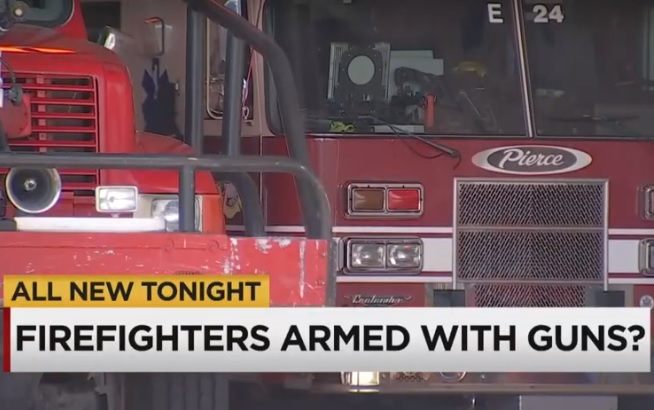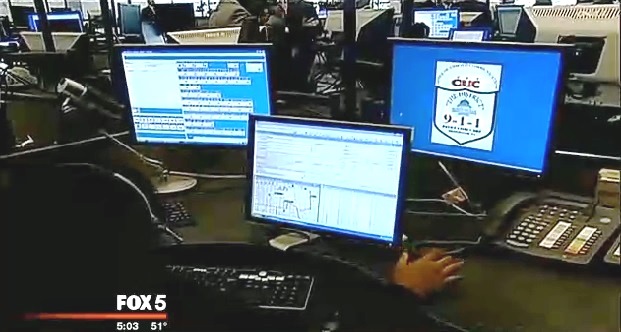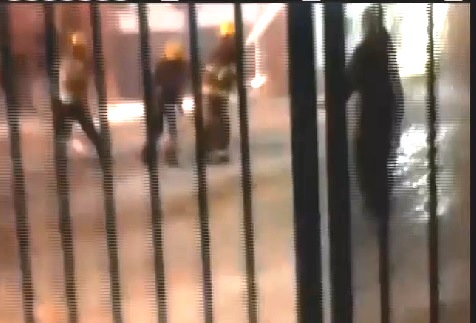When fire trucks are missing, ‘everything’s fine’ is the wrong message
Response to Baltimore ladder truck shortage tells me the broken rigs aren't really needed

No matter what is thrown at firefighters they like us to believe, “No worries, we’ve got this.” I get it. That’s what firefighters do. It’s the attitude that makes them firefighters. The problem is that message can backfire.
The most recent example of the “we’ve got this” attitude came today, the very first day of the new year. A tweet from @HoCo_Scanner asked for my thoughts on a Tuesday Baltimore Sun article by reporter Scott Dance about a ladder truck shortage in the city. The problem is two Northwest Baltimore ladder trucks are broken with no available reserves. A truck was pulled from another part of the city to help cover the area.
Near the top of the article there was reaction from IAFF Local 734 that these apparatus shortages will increase response times. But my focus was on the middle of the article and a quote reporter Dance got from a Baltimore City Fire Department spokesperson:
In response to the statement and questions from The Baltimore Sun, fire department spokeswoman Blair Adams said that while there are units out of service, “that does not impede our ability to provide emergency services to the citizens of Baltimore City in the event there are emergencies.”
That was followed by a second quote at the end of the article:
“The last thing we would want is for our community to be alarmed or doubt our ability to save them,” Adams said. “We’re an organization that provides emergency services everyday — and we are more than prepared and well equipped to do so.”
My reaction to the first quote is if the fire department’s ability to provide emergency services is not impeded by the loss of two million dollar machines, then why are the taxpayers footing the bill to keep them in service? In addition, why is the department paying the money to staff those ladder trucks?
The second quote, saying the department is “more than prepared and well equipped” to provide “emergency services everyday”, is just absurd. If you can’t keep almost 13 percent of your truck companies operating how can you tell the public you are “prepared and well equipped”?
We all know Baltimore is not alone with a reaction like this to closed fire companies. Similar responses telling the public not to worry when the fire department can’t keep all it’s fire apparatus on the street have been heard from across the country. It’s usually what a mayor, county executive or other political leader expects from their fire chief. It’s hard not to draw one of two conclusions when you see such statements:
- The fire department is misleading the public to keep the boss happy
- The fire department budget is bloated
My guess is there aren’t many bloated fire department budgets in cities like Baltimore.
It’s hypocritical to tell the public–as fire departments usually do–that every second counts in an emergency and then deny those seconds are important when the department has to close fire companies.
The honest answer and the one that you should want your citizens to understand is that the fire department spends millions each year on the fleet because each and every piece of equipment is crucial to the public’s well-being. I believe the message should go something like this:
The Baltimore City Fire Department is greatly concerned anytime we don’t have the resources to keep a fire company open. Closing a fire company can add precious seconds or minutes to our response times. We’ve made arrangements to lessen that impact and to repair these ladder trucks. In addition, we’re working with the mayor and city council to prevent this from occurring in the future.
A decade ago, then Sacramento Fire Department Chief Ray Jones sent a very similar message when the department was forced into rotating brownouts. Unlike Baltimore, Sacramento’s fire department wanted the citizens to be alarmed. The consistent message from Chief Jones was that response times will go up. The public was informed daily which companies were closing. The PIO at the time, Captain Jim Doucette, confirmed for the news media the impact of closed companies on incidents as they happened. Here’s what Chief Jones told KXTV-TV shortly after the brownouts began:
“We had estimated by doing some modeling beforehand. We thought the average response time would go up at least a minute. Right now we are seeing it going up between one minute and two minutes,” Jones said. “The longer we brown them out, the longer we don’t staff a company, the more exposure we will have.”
The loss of a fire company is important, whether it’s due to apparatus shortages or funding issues. If you keep acting like it isn’t and don’t want anyone to be alarmed, soon the taxpayers and those who have oversight of your budget may start agreeing with you.







